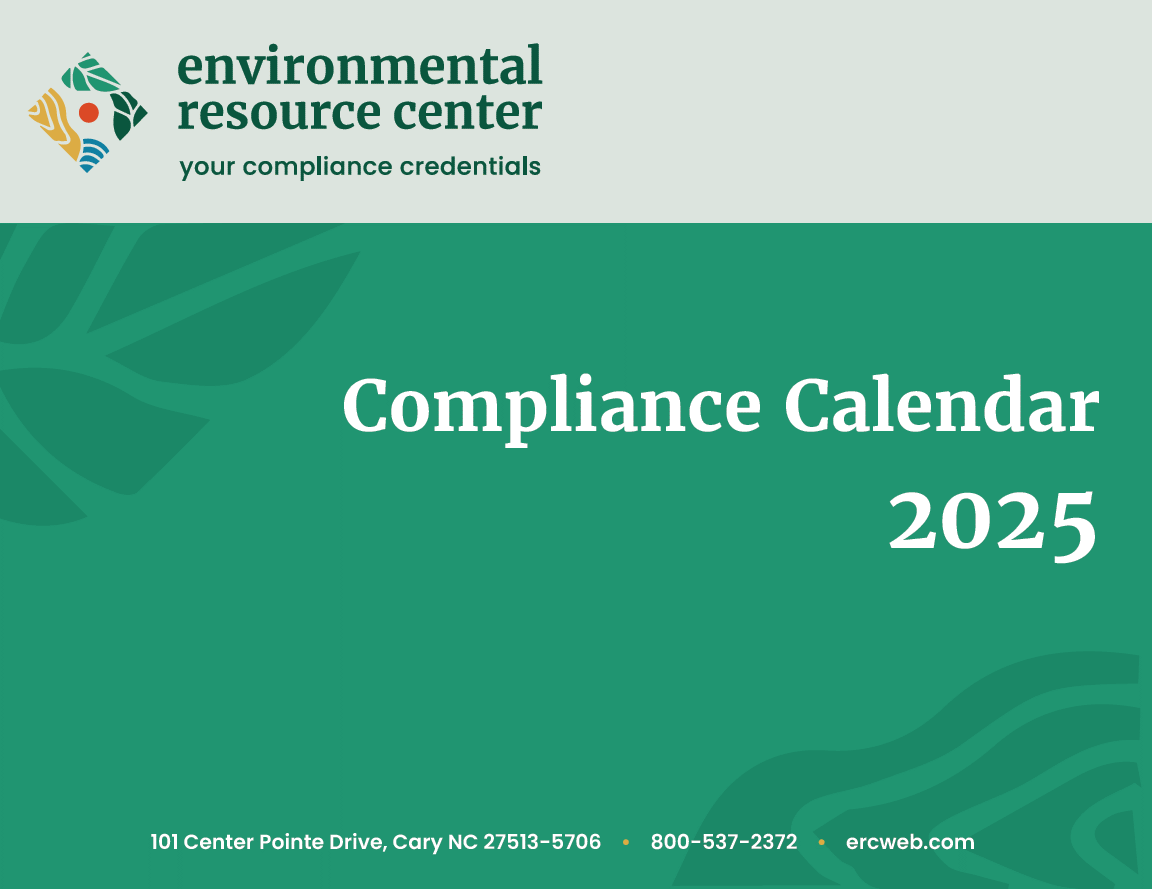 An update published by NIOSH in January clarifies the agency’s policy for determining the noise or sound attenuation provided by hearing protection devices for users. NIOSH now “recommends employers use individual, quantitative fit testing to evaluate the attenuation received by workers from their hearing protection devices,” the update states. The new recommendations supersede the guidance regarding hearing protector derating from chapters 1 and 6 of NIOSH’s 1998 Criteria for a Recommended Standard—Occupational Noise Exposure. Because commercially available fit-test systems were not available when the criteria document was published, NIOSH’s previous guidance “recommended derating the manufacturer’s labeled noise reduction rating to estimate a worker’s ‘as worn’ hearing protector attenuation.” The agency’s update is based in part on technological advancements and on research findings published in recent years that show that derating schemes cannot assess “proper fit” for hearing protectors.
An update published by NIOSH in January clarifies the agency’s policy for determining the noise or sound attenuation provided by hearing protection devices for users. NIOSH now “recommends employers use individual, quantitative fit testing to evaluate the attenuation received by workers from their hearing protection devices,” the update states. The new recommendations supersede the guidance regarding hearing protector derating from chapters 1 and 6 of NIOSH’s 1998 Criteria for a Recommended Standard—Occupational Noise Exposure. Because commercially available fit-test systems were not available when the criteria document was published, NIOSH’s previous guidance “recommended derating the manufacturer’s labeled noise reduction rating to estimate a worker’s ‘as worn’ hearing protector attenuation.” The agency’s update is based in part on technological advancements and on research findings published in recent years that show that derating schemes cannot assess “proper fit” for hearing protectors.Now that it is possible to check workers’ hearing protector attenuation at work sites, NIOSH recommends fit testing “as an essential practice to ensure that hearing protection devices are properly fit to each worker.” The agency’s science policy update does not favor a specific fit-testing method.
“Systems that compute a [personal attenuation rating] by the most current [Acoustical Society of America/American National Standards Institute] standards meet this NIOSH recommendation,” the agency’s new document explains. “In addition, any technology that directly measures and documents a worker’s protected exposure level (e.g., real-time protected exposure level monitoring) is consistent with this recommendation.”
For further details, see the full science policy update on the NIOSH website.
 The Pipeline and Hazardous Materials Safety Administration (PHMSA) is issuing this safety advisory notice to request that consumers, retailers, shippers, and DOT-regulated entities ensure their cylinders containing hazardous gases are in compliance with the hazardous materials regulations (HMR; 49 CFR parts 171-180) by verifying their cylinders are marked in accordance with a DOT specification or United Nations (UN) standard, and shipped in accordance with the HMR prior to entering into transportation.
The Pipeline and Hazardous Materials Safety Administration (PHMSA) is issuing this safety advisory notice to request that consumers, retailers, shippers, and DOT-regulated entities ensure their cylinders containing hazardous gases are in compliance with the hazardous materials regulations (HMR; 49 CFR parts 171-180) by verifying their cylinders are marked in accordance with a DOT specification or United Nations (UN) standard, and shipped in accordance with the HMR prior to entering into transportation.Users of cylinders should be aware of the practice of filling unauthorized cylinders with hazardous materials and transported in commerce in support of a business operation, which could cause significant damage to property, physical injury, or death.
PHMSA has found several instances of empty cylinders being sold to consumers, shippers, and heating, ventilation, and air conditioning (HVAC) personnel and service technicians that were not manufactured to a DOT specification or UN standard and lack certification markings. Unlike cylinders manufactured to DOT specification or UN standards, these cylinders are not designed to contain and safely transport hazardous materials. PHMSA has determined that these cylinders are primarily manufactured by non-U.S. companies. The non-U.S. manufacturers selling these non-specification cylinders have not marked or certified them as suitable for hazardous materials service, which would be a violation of the HMR. Without sufficient evidence to show a violation of the HMR, PHMSA cannot take enforcement action. In addition to the inherent safety risks, filling unauthorized cylinders is punishable by civil penalty and/or
criminal prosecution.
For more information, read the entire safety advisory.
The Training You Need – When You Need It
Learn when it’s convenient for you. Many of Environmental Resource Center’s courses are available in a computer-based training format. Check out our website for a complete list of available courses!
 The EPA announced an agreement with the city of Springfield, Illinois, to ensure the City Water, Light and Power coal-fired power plant fully complies with the agency’s coal combustion residual program.
The EPA announced an agreement with the city of Springfield, Illinois, to ensure the City Water, Light and Power coal-fired power plant fully complies with the agency’s coal combustion residual program.The agreement includes requirements to address and correct previous coal ash disposal issues at two ponds, known as surface impoundments, and a landfill near Lake Springfield and Sugar Creek that were used to store and dispose coal ash. The city stopped using the two ponds in October 2023. The agreement requires the city to:
- Expand and correct its groundwater monitoring program
- Address potential releases of heavy metals associated with coal ash material
- Analyze the structural stability of the surface impoundments before closing them in accordance with federal CCR rules
The coal-fired power plant began operations in 1968 with one combustion unit, adding three more units over the years until 2009. The city retired two units in 2020 and one in 2022. The remaining combustion unit continues to operate.
For more information on coal ash and the agency’s CCR program activities, please visit EPA’s Coal Ash website.
 EPA recently released a resource intended to help companies comply with requirements for a workplace chemical protection program, or WCPP, under the Toxic Substances Control Act. The WCPP is intended to address unreasonable risk posed by chemical exposures to people in occupational environments.
EPA recently released a resource intended to help companies comply with requirements for a workplace chemical protection program, or WCPP, under the Toxic Substances Control Act. The WCPP is intended to address unreasonable risk posed by chemical exposures to people in occupational environments.The audience for the guide includes businesses that manufacture, import, process, use, distribute, or dispose of a chemical regulated under TSCA. Among the topics addressed in the guide are EPA’s existing chemical exposure limits (ECELs) and short-term exposure limits (STELs); ECEL action levels; occupational exposure monitoring; respirators; and personal protective equipment. The guide provides instructions for calculating time-weighted averages for ECELs and STELs, how to conduct initial and periodic monitoring, and how to implement a PPE program and an exposure control plan.
WCPPs are features of recent EPA risk management rules. EPA advises employers that the WCPP compliance guide offers general information and that they should also refer to the substance-specific rules for risk management requirements. In addition, the agency has published compliance guides for specific substances including methylene chloride, trichloroethylene, and certain uses of perchloroethylene.
The compliance guide is available as a PDF from the EPA website.
 The EPA announced a consent decree with the operators of the Oasis Mobile Home Park to resolve violations of the Safe Drinking Water Act (SDWA). The consent decree requires the Park’s operators to upgrade the Park’s drinking water and wastewater systems and pay a $50,000 penalty.
The EPA announced a consent decree with the operators of the Oasis Mobile Home Park to resolve violations of the Safe Drinking Water Act (SDWA). The consent decree requires the Park’s operators to upgrade the Park’s drinking water and wastewater systems and pay a $50,000 penalty.“EPA is wholeheartedly committed to ensuring that everyone has safe water to drink,” said EPA Pacific Southwest Enforcement and Compliance Assurance Division Acting Director Joel Jones. “We will continue to fully utilize the authorities of the Safe Drinking Water Act to hold water operators accountable for meeting drinking water standards.”
The consent decree requires extensive upgrades and operational improvements to the drinking water system at Oasis over the next two years. In addition to the $50,000 civil penalty, key requirements include:
- Installation of alarms on the drinking water treatment system to monitor its operation
- Addition of at least 80,000 gallons of water storage capacity
- Installation of a booster pump and purchase of critical replacement parts
- Ensuring that qualified public water system operators are at the Park seven days per week until the Park’s operators install the alarm system
- Development of comprehensive standard operating procedures for the public water system
- Mandatory quarterly meetings with EPA to review compliance progress with the consent decree
- Notification to EPA as soon as possible and no later than twenty-four hours if consent decree violations or other issues pose an immediate threat to public health or the environment
The consent decree also requires the operators to work with an EPA contractor to develop a wastewater system assessment, expected to be completed by March 2026. The operators must fix problems identified during the wastewater system assessment after the Oasis drinking water system improvements are completed.
Oasis mobile home park, located in Thermal in California's Eastern Coachella Valley, sits within the Torres Martinez Desert Cahuilla Indians Tribal Reservation boundaries. With an estimated population of 1,000 people, it is the valley's largest mobile home facility and primarily serves agricultural workers. While situated on Tribal land, the public water and wastewater systems at Oasis operate independently from Tribal control or ownership. The Park’s drinking water system uses groundwater that has high levels of naturally occurring arsenic. Arsenic is a known carcinogen, and drinking high levels over many years can increase the chance of lung, bladder, and skin cancers, heart disease, diabetes, and neurological damage.
Since 2019, EPA has issued several Emergency Administrative Orders to the Park's operators. The orders address the serious threat park residents face from high levels of arsenic in drinking water (exceeding the maximum contaminant level of 10 parts per billion) and failures to adequately operate and maintain the arsenic treatment system. These orders have resulted in substantial improvements, but compliance issues remain, and EPA has been concerned about the Park’s ability to treat arsenic on a long-term basis.
The consent decree, lodged by the Justice Department in the U.S. District Court for the Central District of California, is subject to a 30-day public comment period, January 23, 2025 through February 24, 2025, and final court approval. Information on submitting comments and access to the settlement agreement is available on the Justice Department’s Proposed Consent Decree webpage.
 The U.S. Chemical Safety and Hazard Investigation Board has released a compilation of summaries of chemical accidents that have occurred since the agency’s accidental release reporting rule went into effect in March 2020. The compilation presents summaries and probable causes of 26 incidents in chronological order, beginning in April 2020 and concluding in September 2023.
The U.S. Chemical Safety and Hazard Investigation Board has released a compilation of summaries of chemical accidents that have occurred since the agency’s accidental release reporting rule went into effect in March 2020. The compilation presents summaries and probable causes of 26 incidents in chronological order, beginning in April 2020 and concluding in September 2023.Together, the 26 incidents resulted in five fatalities, 17 serious injuries, and approximately $700 million in property damage, according to CSB. While data about some of these incidents was available on the CSB website, information about their probable causes has not previously been released, and none of the incidents were the subject of CSB investigations. The statements of probable cause reflect CSB’s determinations based on investigations conducted by the companies and, in some cases, on OSHA reports.
“The American people have a right to know about the kinds of dangerous chemical incidents that happen across this country every week,” said CSB Chairperson Steve Owens. “Since the CSB’s reporting rule went into effect, the agency has received hundreds of reports on incidents involving releases of hazardous chemicals that have put communities, workers, and the environment at serious risk.”
CSB designated the compilation as “volume 1,” indicating that it plans to publish additional reports. The compilation is available as a PDF from the agency’s website. For more information, refer to the CSB news release.
News Links
Trivia Question of the Week



